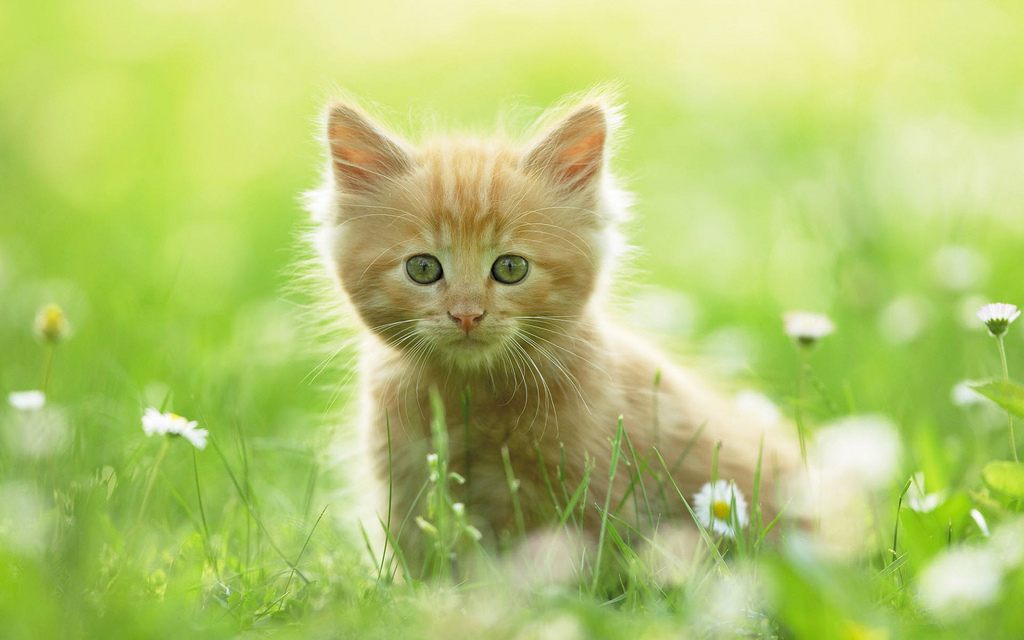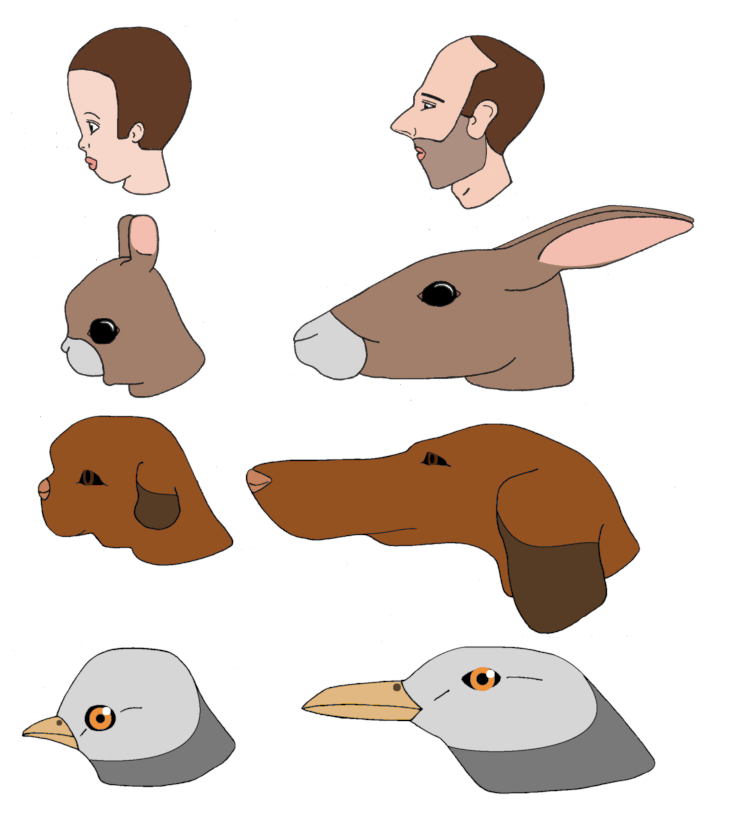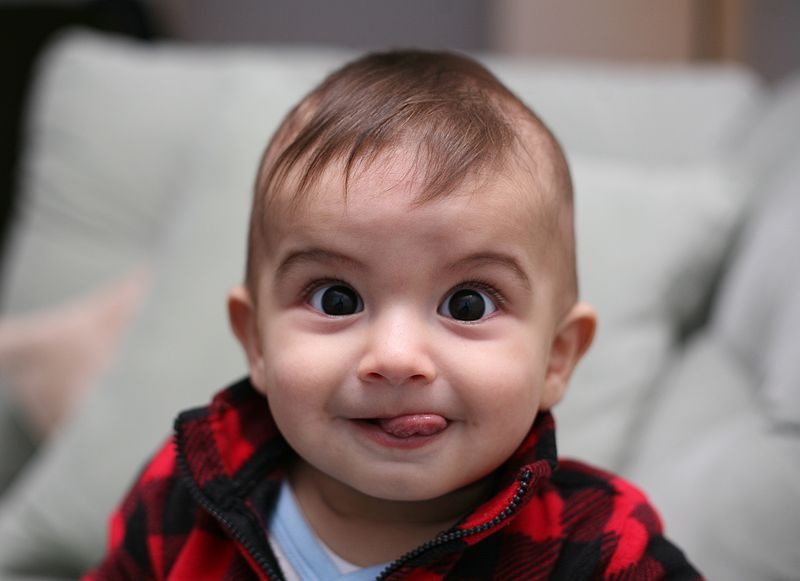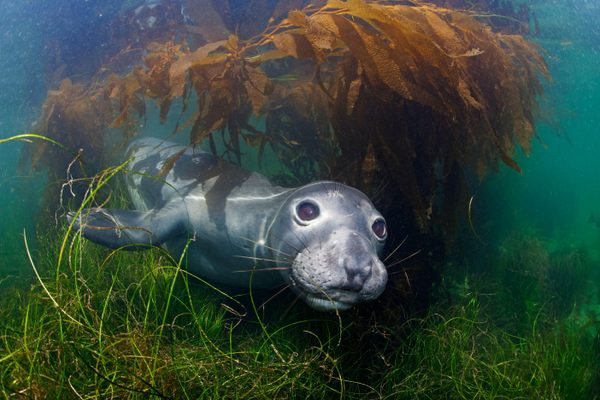Can ‘Cute Aggression’ Inspire Actual Violence?

Is this kitten so cute that it could inspire someone to murder it? (Image: kitty.green66/Flickr)
Look at that little face! Don’t you just want to smash it?
Extremely cute things, whether laughing babies or a frolicking piglets, delight us, but can also inspire a sense of frustration and an inexplicable need to squish the cute thing in question—hard. Such desires are typical of ”cute aggression,” a phenomenon in which you see something so adorable that you just want to inflict violence on it for some reason.

“Cute aggression” is a theoretical psychological response known more correctly as a “dimorphous expression of positive emotion.” This phenomenon was first explored in 2013 by Rebecca Dyer and Oriana Aragón at Yale’s Department of Psychology. The basic idea is that when a positive emotion becomes very intense, sometimes a negative emotion will also occur as a kind of release valve for the excess emotion. That urge to hug a puppy so hard it pops like a balloon may just be a feeling of happiness that your brain doesn’t know what to do with.

Who could hurt this little basset baby? You. (Image: J Wynia/Flickr)
While this phenomenon has grabbed the zeitgeist as it pertains to animal blogs that make people squeal, adorable critters are not the only way in which cute aggression manifests. So-called “cute aggression” is the same emotional process that gives us tears of joy and which makes some people laugh at funerals.
To test the theory, Yale researchers conducted an online survey where they showed people pictures of different babies to try to induce a dimorphous expression of emotion. The babies were all of varying “cuteness,” a metric they determined using what are considered the prime indicators of adorbs-ness. Cuteness as a metric was devised by pioneering ethnologist Konrad Lorenz who identified what he called “baby schema” (“Kindchenschema”), as the prime signals of cuteness. These include a large head, a round face, and big eyes—really anything that makes something look more juvenile or baby-like.

This chart hilariously points out relative cuteness. (Image: Wikipedia)
The reason that cuteness seems to occur in nature, and why we even perceive things as cute, seems to be to inspire a protective, nurturing response. This explains the positive feeling of affection most people get when they see an infant of any species, no matter how hideous the adult may look—baby hippos, anyone? Some recent research has even suggested that cuteness is one of the primary motivators in socialization, as people tend to anthropomorphize things they find adorable, including puppies and kittens.
Yale’s online test found that the stronger that people experienced the nurturing impulse, and the resulting aggressive response, the more quickly the emotion passed, allowing the subject to return to a level emotional state. According to a Vice interview with neuroscientist Anna Brooks, the natural reflex to return to a neutral emotional state is an evolutionary response that helps us expend less energy. The feelings burned faster the stronger they were felt, and they were felt the strongest in response to the more baby-ish infants. The cuter the baby, the more intense the desire to crush them with love.

Look out, kid. You’re gonna get smooshed. (Image: Avsar Aras/Wikipedia)
But how far could this go?
Imagine a being with all of the cuteness signifiers exaggerated to intensify the dimorphous response. This mega-baby would have a huge round head, with large eyes and a pronounced forehead. It would be largely helpless and begging for affection. Let us name it Bimble. Since cuteness is somewhat subjective, we cannot truly pin down the exact features that would create the scientifically cutest thing ever, but if we could, would it have the ability to incite a violently intense case of dimorphous expression? Could something be so mind-blowingly adorable that it makes a person lose control and act on their aggressive feelings?
Probably not. We asked Aragón herself if she thought it was possible that cute aggression could ever lead to murder, but in her view, since the feeling comes from a positive root, it is unlikely that it would ever spill over into a negative physical response. The response may differ in people with already unbalanced psyches, but in the average person, the feeling that you might want to smother a cute kitten in a pile of kisses is pretty healthy, and maybe even necessary.
Phew. The next time you see a photo of your infant nephew wearing a dumb hat and instinctively think, “I just want to squish his face off,” comfort yourself with the knowledge that this is not only a safe impulse—it’s a healthy one.















Follow us on Twitter to get the latest on the world's hidden wonders.
Like us on Facebook to get the latest on the world's hidden wonders.
Follow us on Twitter Like us on Facebook